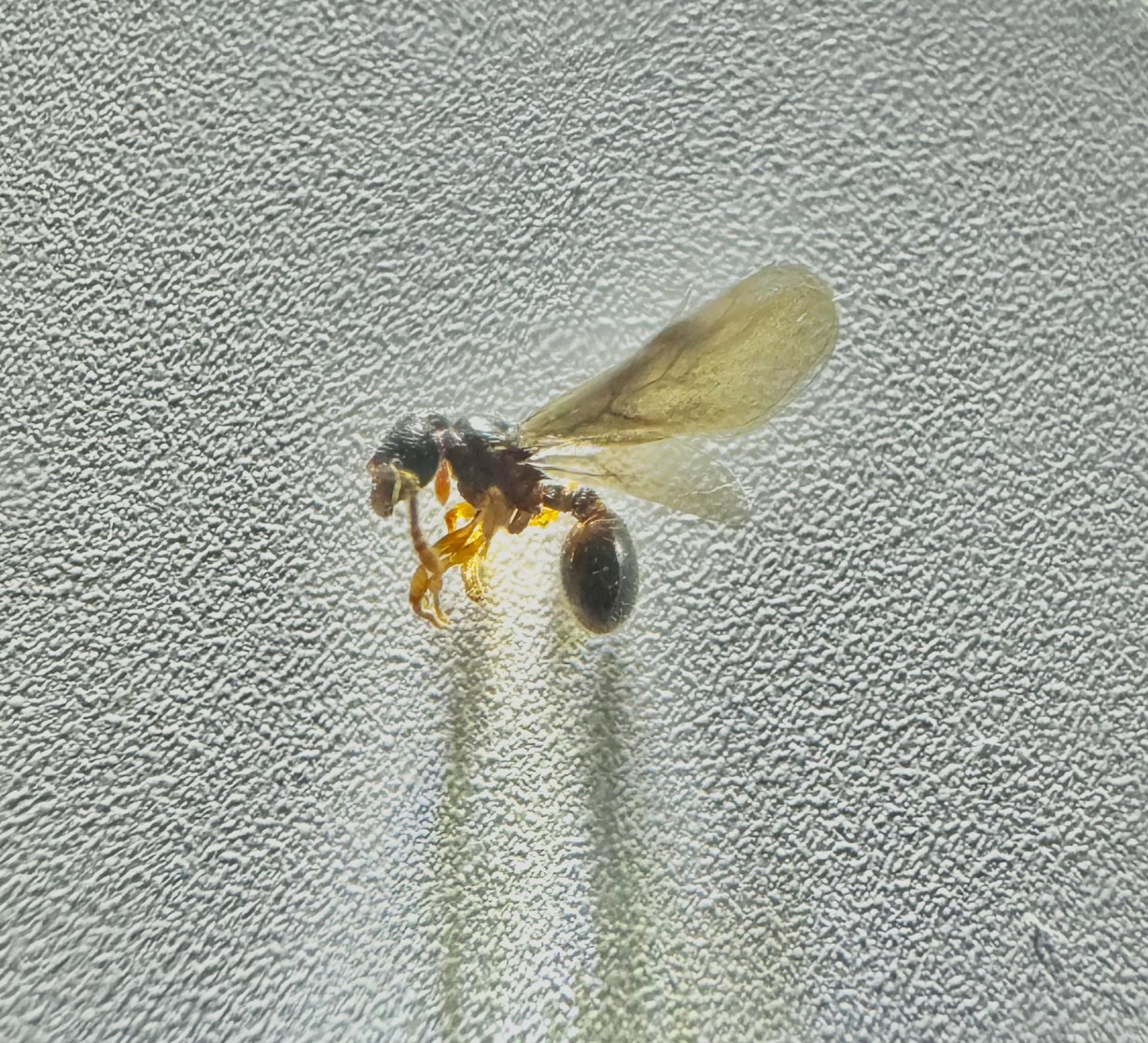Hello Everyone;
I have to apologize for misreading the name Myrmecina, I thought it was Myrmica misspelled, I should have known Manitobant wouldn't make that mistake!
The ants I pictured are Myrmica americana, as far as I know, and yes, they were a great little colony. I found them living in an acorn in the fall, there were five queens and a number of workers. They moved easily into the little formicarium. Each queen had her own little hiding place when I opened up the back, but the rest of the ants were quite calm and a pleasure to watch. This was the first colony I used as an "observation colony", a colony that I checked every day so they would get used to being viewed and I would have a pretty good idea what stage my other colonies were at, without bothering them. It was the first time I was able to watch the transformation, day by day, of larvae to pupae to workers. I saw the larvae pinch in to form the waist, the neck - the head, eyes and antennae were formed, and then I watched as other workers helped her to unfold her legs, antennae, and finally a new worker was ready to join the colony. The miracle of metamorphosis, I watched it happen before my eyes, amazing.
Unfortunately, this colony suffered a major setback when they contracted the disease last year and I lost all of the queens, but one. I've destroyed all of the infected colonies from last year, except this one, I just couldn't destroy them. So, I've kept them, and the queen continues to produce brood, so there may be hope for them yet long-term.
RPT
My father always said I had ants in my pants.
![]()






















